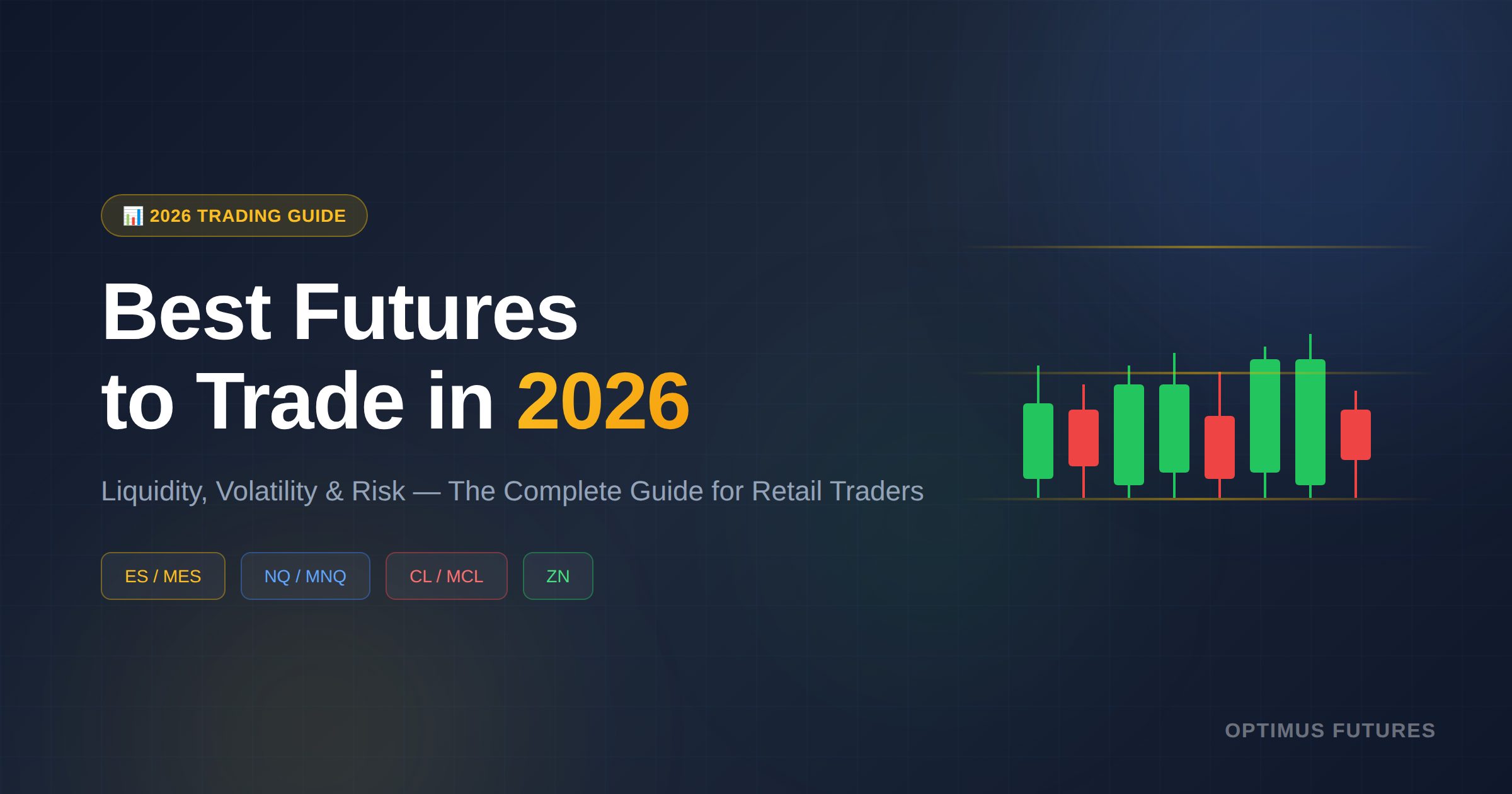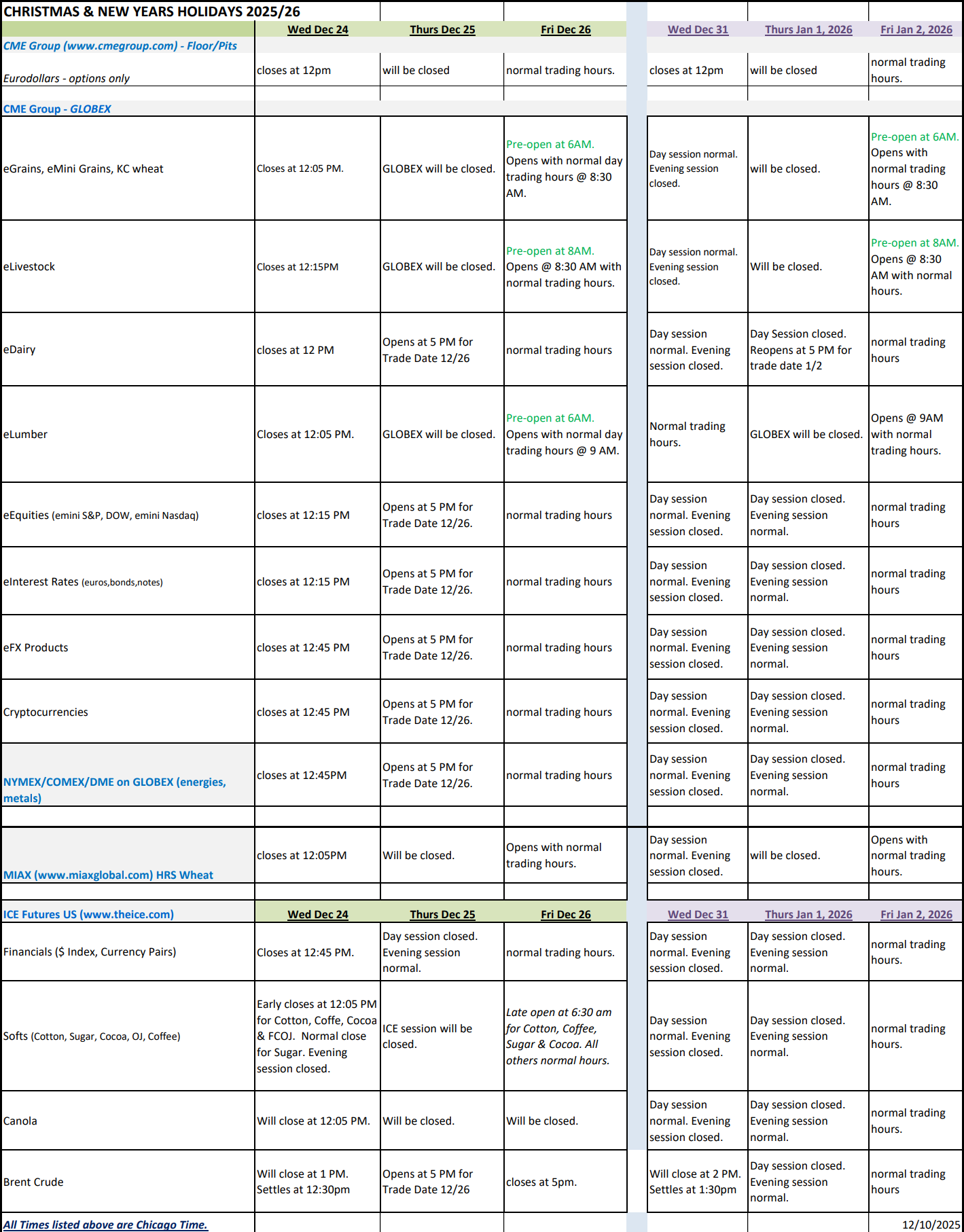This article on Trailing Maximum Drawdown is the opinion of Optimus Futures.
Preface: Before we get started, note that we use the term “retail trader” in contradistinction to “professional trader.” By the term “retail trader,” we’re not referring to a job-related designation but rather a mentality and level of knowledge and skill. As a retail trader, you aspire to go beyond the performance typical of the retail crowd. When you trade the markets, you’re also trading against retail and professional traders, the latter holding significant levels of capital.
There’s a fashionable trend among retail traders surrounding a risk management tool called Trailing Maximum Drawdown. It’s essentially a glorified loss limit tool.
Your aim is to stay above it. Interestingly, you can find plenty of explanations as to how it works or how to set it up, but very little explanation as to “why” you’d want to use it in the first place (versus other tools or strategies).
The tool is designed to help traders manage risk and ensure profitability.
That’s the common assumption, at least. But, is it really helpful, or is it just another fashionable feature that adds yet another metric to the trading game without providing real added value? Let’s find out.
How Trailing Maximum Drawdown Works
Trailing Maximum drawdown designates a “Maximum account drawdown” in a manner that trails upward as you earn profits.
You’re probably wondering “what’s wrong with that?” Nothing at all, especially in the beginning stages of your trading. It can actually be quite helpful.
But beyond the absolute beginning stages, the tool gets a bit problematic. The explanations you’ll find online (regarding the tool’s benefits) conceal a lot of potential hiccups that most retail traders would consider a normal part of their everyday trading experience.
We’ll get to that later. For now, let’s explore what this tool is and how it works.
A quick explanation. The Trailing Maximum Drawdown begins with a percentage of your opening balance. In the example below, the maximum drawdown is at 4% of your entire trading account.
- You begin with an account balance of $50K; your Maximum drawdown is $48K or 4% (you must liquidate if you lose $2,000).
- Suppose you make $500 on your trade; your Maximum drawdown increases to $48,500 and stays there.
- Let’s say you make $2,500 the next day; your Maximum drawdown goes to $50K, your original balance, and stays there for the entirety of your trade.
The Pros of Using Trailing Maximum Drawdown
The main advantage of this tool is that it draws a line in the sand, so to speak. If you exceed your Maximum drawdown, depending on your setting, your position may be closed manually or by automated means.
Conceptually, it’s that simple. In practice, most retail traders have a hard time doing it. Beyond this, there really isn’t much to say.
Trailing Maximum Drawdown may add some bells and whistles to your risk management strategy, but that doesn’t necessarily make it any better than any other approach.
If your goal is to become a professional trader, perhaps you would benefit most by determining your own trailing stop, order protections, and loss limit approach.
The Trailing Maximum Drawdown tool has limited benefits. But what about the cons; the risks? It has quite a few big ones.
Disclaimer: The placement of contingent orders by you or broker, or trading advisor, such as a “stop-loss” or “stop-limit” order, will not necessarily limit your losses to the intended amounts, since market conditions may make it impossible to execute such orders.
Problem 1: Trailing Maximum Drawdown Is A “Retail” Trap
If you start with a $50K account, a $2,000 loss limit (4%, of your account) would make for an effective stopping point. You’ll likely have enough capital to make it back or to exceed your starting balance.
How many retail traders do you know who have $50K to start with? And even if you had that amount to begin trading, would you want to put so much at stake considering you’re an absolute beginner?
Many retail traders have anywhere from $5,000 to $10,000 to start. A 4% loss limit isn’t a bad idea. Respectively, we’re talking $200 Maximum drawdown and $400 Maximum drawdown.
That shuts you out of most trading scenarios unless you’re trading micro-futures contracts.
How many beginning retail traders have the discipline to stick to a 4% loss limit? If you are thinking “hardly any,” then you might be right.
Some trades require a deeper drawdown (we’ll get into this in the next section).
Unless you’ve got plenty of capital to start with, and yes, we’re talking $50K and above, your drawdowns will likely exceed a Maximum drawdown set to 4% simply because you don’t have much to work with.
You’ll likely get stopped out; your account, subject to a “decimation by a thousand stops,” so to speak.
As a short-term trader, volatility means opportunity. But it also means risk. And entering the live market is like entering a battlefield with many players who have greater capital resources.
The smaller your account, the fewer resources you’ll have to engage the market. And a 4% Maximum drawdown rule won’t get you very far. That’s just the reality of the situation.
Problem 2: Compared to Professional Traders, The Trailing Maximum Drawdown Is Unrealistic
There’s a reason why Trailing Maximum Drawdown is a popular tool: it’s easy to understand and relatively easy to follow. Sadly, it also prevents you from gaining a more sophisticated view of risk management.
We can assume that most professional traders can’t function with such a rule, simply because its demands are unrealistic. How so? Let’s look to the professional investing and trading world for proof.
In a March 2020 Institutional Investor report (and little has likely changed over the last two years):
“For the five years ending March 31, the average aximum drawdown of 225 equity long-short hedge funds with $100 million in assets in the HFR database was 22.98 percent, according to Beer’s analysis. In comparison, the average maximum drawdowns of the S&P 500 and MSCI World indices were 19.6 percent and 21.04 percent, respectively.”
That’s the average. Now, let’s take a featured portfolio of one of the most successful hedge funds—Ray Dalio’s Bridgewater Associates All-Weather Portfolio. His Maximumimum drawdown stands at 12.31%.
His average may hover around 5% but it fluctuates from less than 1% to more than 12% depending on the year. Meanwhile, the portfolio’s average annual inflation-adjusted return stands at around 6% (note: Bridgewater’s average annual return for all products may differ).
Another legendary investor who happens to be a household name is the Oracle of Omaha himself, Warren Buffet. His Maximum drawdown stands at a whopping 30.73% (this happened in 2010). Yet it took his portfolio only 95 days to recover.
If there’s anything we can learn from these professional drawdown stats, it’s this: professional traders know that the markets are not static. Therefore, market rules and methodologies should always adapt to the market, even if it means sustaining greater drawdowns than expected.
Their ability to recover from drawdowns depends on skill in conjunction with the underlying economic landscape.
If you were to limit these investors’ losses to a trailing maximum drawdown rule, the average of which is a 4% loss, then chances are they wouldn’t have nearly the same kind of outstanding performances they’re known for.
It comes to show that the Trailing Maximum Drawdown rule is a “retail game.” AND THERE ARE NO STATS PROVING THAT THE RETAIL CROWD HAS INCREASED THEIR PROFITABILITY BY USING THIS TOOL.
Yet many merchants in the retail market continue to promote it.
Problem 3: How Trailing Maximum Drawdown Gives You Permission to Fail
Let’s suppose you were able to increase your trading account from the original $50K to $80K. Your Maximum drawdown started at $48K and is now at $50K.
The typical retail attitude is that anything above $50K is “the house’s money.” If you lose everything down to your Maximum drawdown of $50K, you’ve only lost “house money” and not your initial investment.
Bad idea. If you were a professional trader, imagine explaining to your trading firm or bank how you lost a whopping 60% of your account and then closed out your position because of a trailing maximum drawdown rule?
In the more ethical segments of the professional trading world, there’s no such thing as “house money.” Only retail traders think in that manner. And your goal is to evolve beyond this manner of thinking.
The Takeaway
The trailing maximum drawdown tool might help you become a better retail trader. But the keyword here is “retail,” and that’s a stage beyond which you hope to move past. Bear in mind that professionals use a much wider variety of risk management strategies to help them achieve their goals.
Believe it or not, certain risk strategies are designed not only to help you stem losses but also to increase your chances of larger returns (a basic example is the R% model which is determined by the distance between stop loss and market entry).
Most importantly, professional traders have the experience and discipline to alter their strategies or to stick with them when the market environment calls for it.
There are many different ways to deal with drawdowns, some of which may be much more effective than just following a trailing maximum drawdown rule. There are also many strategies to help you turn your position around, should you find yourself stuck in a drawdown.
We’re not suggesting that you should stay away from this tool. What we’re saying is that this is just one tool—and a fashionable one at that—among many better tools in your arsenal.
Disclaimer: There is a substantial risk of loss in futures trading. Past performance is not indicative of future results.




